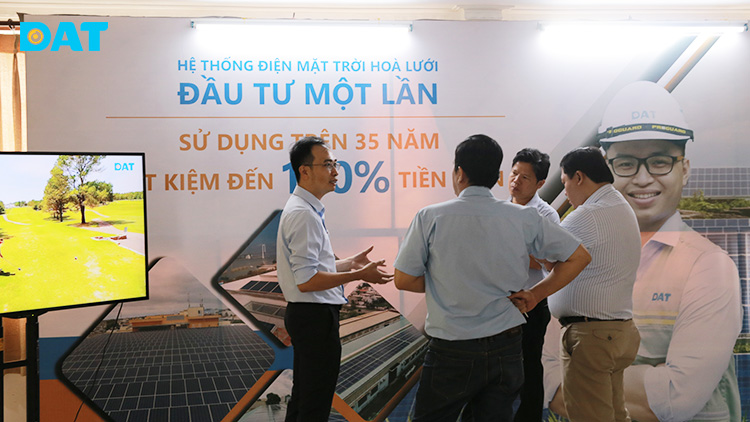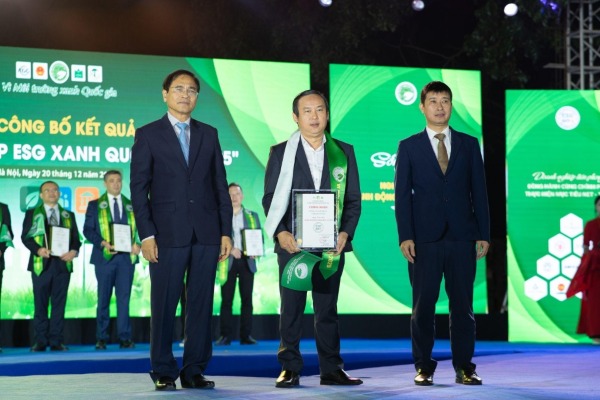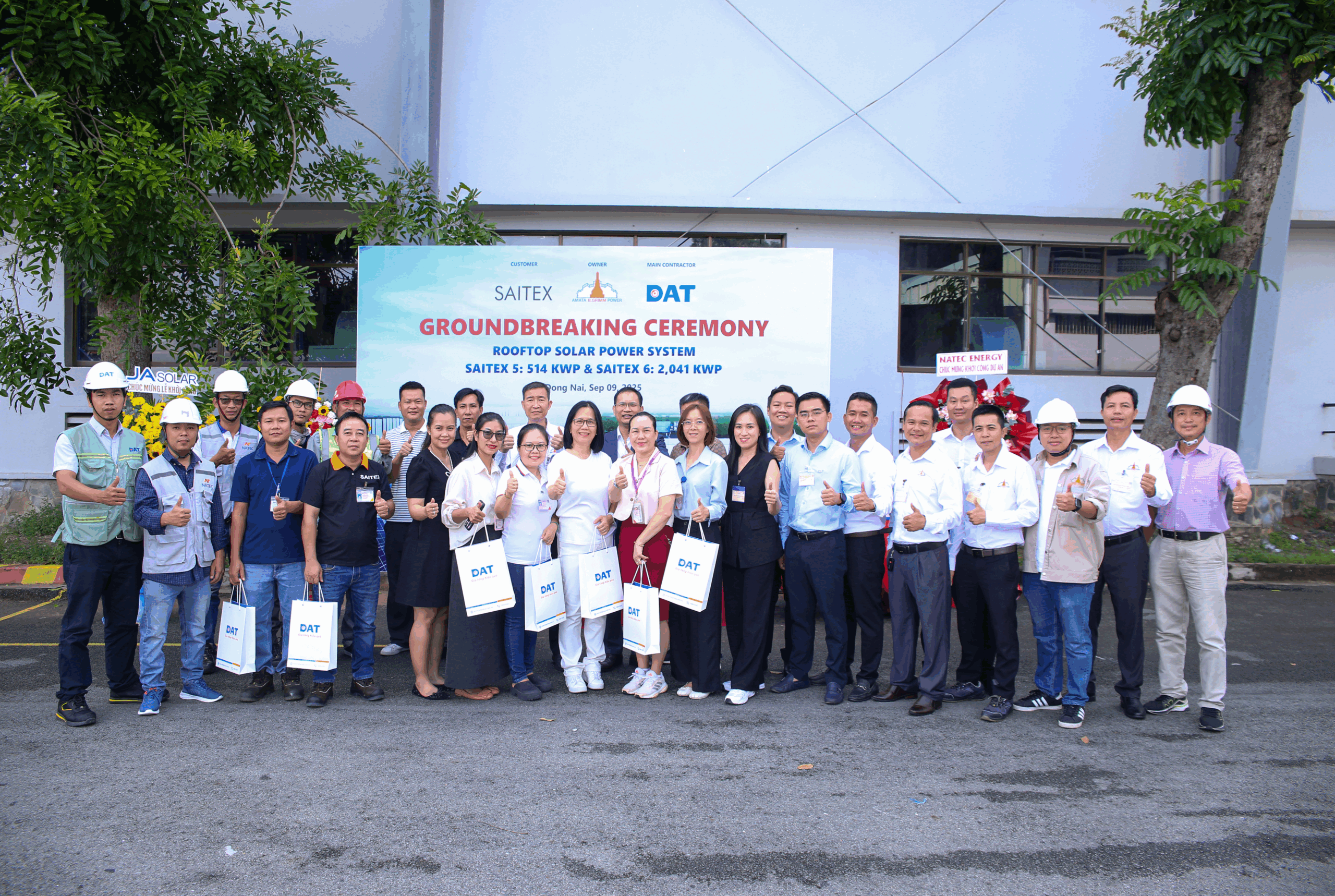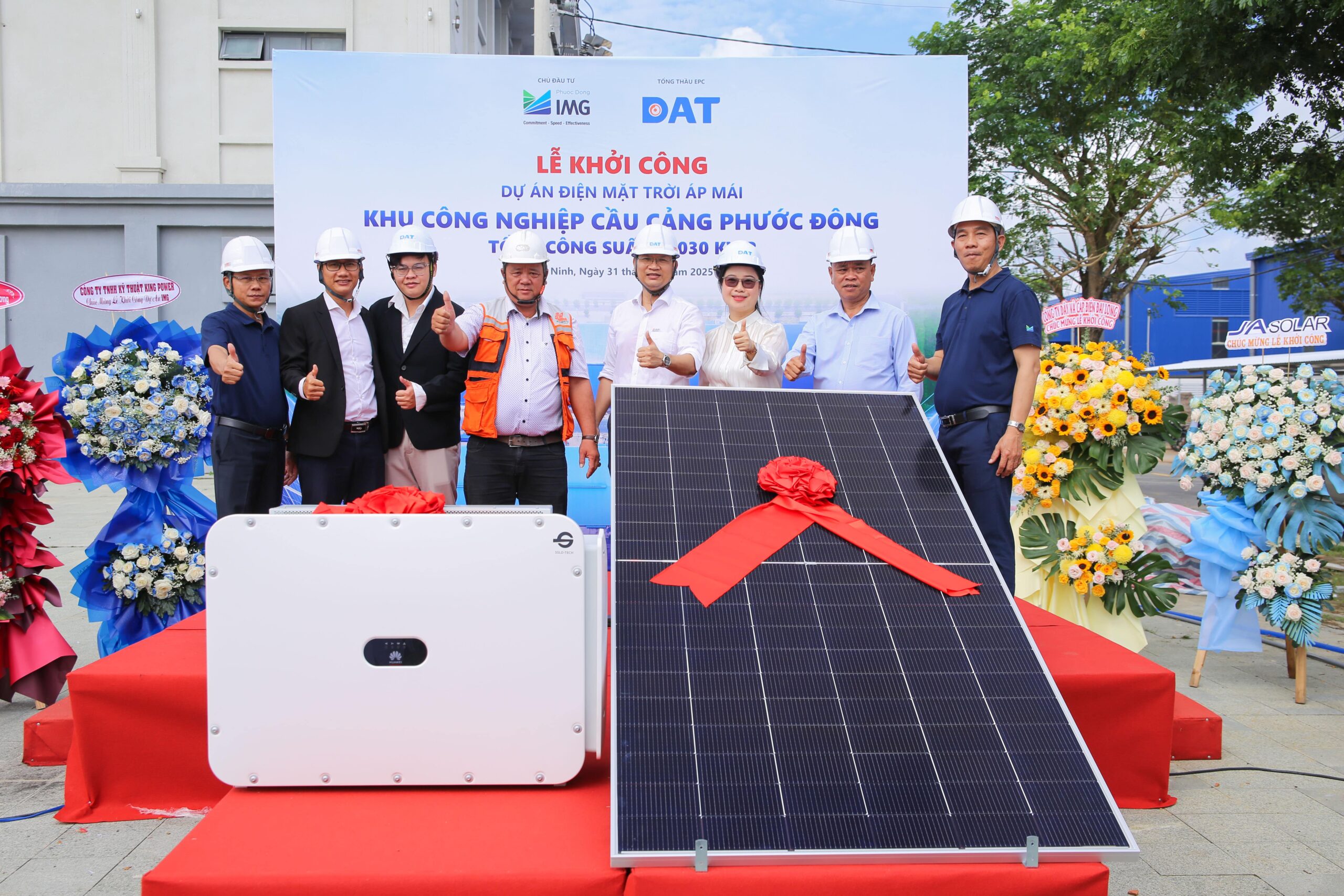Giải pháp tiết kiệm năng lượng cho doanh nghiệp ở Tiền Giang
Sáng ngày 11/12/2019 DAT đồng hành cùng Trung tâm Tiết Kiệm Năng Lượng tỉnh Tiền Giang (ECC) trình bày giải pháp Tiết kiệm năng lượng cho Doanh nghiệp ngành Thủy sản và Dệt may.
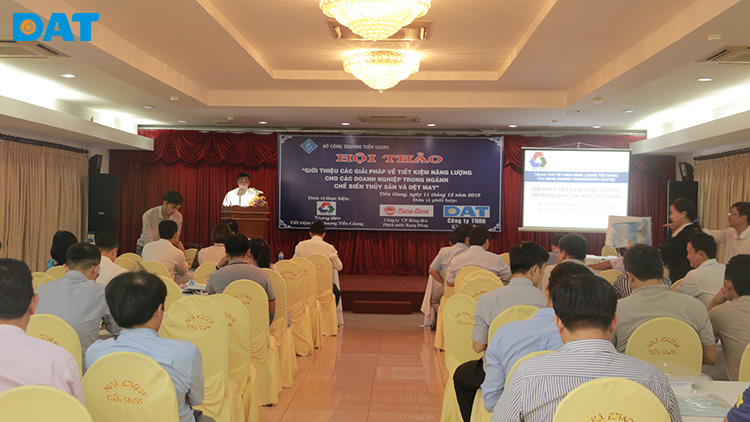
Tại hội thảo, DAT trình bày và thảo luận nội dung Tiết kiệm năng lượng – Nâng cao hiệu quả sản xuất thông qua giải pháp Điện mặt trời hòa lưới và giải pháp tiết kiệm năng lượng cho Doanh nghiệp qua các ứng dụng điều khiển hệ thống đa bơm, quạt, lò hơi, máy nén khí…
Chế biến thủy sản và dệt may hiện là ngành có đóng góp lớn vào giá trị sản xuất công nghiệp của tỉnh Tiền Giang, hàng năm một số doanh nghiệp sử dụng năng lượng chưa hiệu quả, còn lãng phí lớn. Cụ thể, theo trình độ quản lý của nhà máy, loại dây chuyền công nghệ hoặc dạng sản phẩm mà suất tiêu hao năng lượng dao động trung bình từ 194 – 2.358 kWh/tấn sản phẩm. Nếu biết áp dụng các giải pháp tiết kiệm một cách phù hợp, doanh nghiệp chắc chắn sẽ được hưởng lợi lớn từ những giải pháp này.
Để giúp các doanh nghiệp trong ngành chế biển thủy sản và dệt may có cơ sở thực hiện tiết kiệm năng lượng ở đơn vị mình, DAT đã giới thiệu một số giải pháp tiết kiệm năng lượng thường gặp:
- Lò hơi và hệ thống hơi: Để tiết kiệm năng lượng, doanh nghiệp nên ưu tiên sử dụng biến tần GD200A giúp lò hơi đạt hiệu suất cao, công suất lò ổn định, bảo vệ động cơ trước các lỗi mất pha, chạm pha hay quá dòng, quá áp…,.
- Hệ thống chiếu sáng: Với không gian rộng, các nhà xưởng tiêu tốn rất nhiều điện năng để đảm bảo đủ ánh sáng cho toàn bộ xưởng. Vì vậy, doanh nghiệp cần bố trí văn phòng, khu sản xuất hợp lý, tận dụng tối đa ánh sáng tự nhiên. Thêm vào đó, nên sử dụng Điện năng lượng mặt trời để tiết kiệm tối đa chi phí tiêu thụ điện năng hàng tháng.
- Hệ thống máy nén khí: Vận hành hệ thống khí nén trong các nhà máy sản xuất cực kỳ tốn năng lượng trong khi hiệu suất rất thấp. Sử dụng biến tần GD200A, GD300-01 cho hệ thống máy nén khí giúp doanh nghiệp tiết kiệm từ 10%-30% năng lượng điện.
- Hệ thống đa bơm: Sử dụng biến tần chuyên dụng GD300-16 điều khiển điều áp và luân phiên đa bơm giúp tiết kiệm từ 10 – 20% chi phí điện năng cho các nhà máy, đảm bảo áp suất đầu ra ổn định, cấp nước liên tục, không xảy ra tình trạng sụt áp trên đường dây điện.
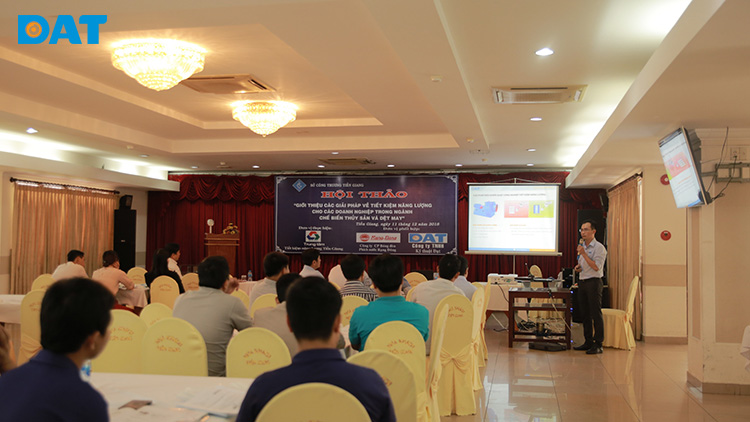
Từ năm 2006, Chính phủ đã phê duyệt Chương trình mục tiêu quốc gia về sử dụng năng lượng tiết kiệm và hiệu quả, Bộ và các Sở Công thương được giao làm đầu mối xây dựng và triển khai thực hiện chương trình.
Theo đó, sử dụng năng lượng tiết kiệm hiệu quả áp dụng các biện pháp quản lý về kỹ thuật nhằm giảm tổn thất, giảm mức tiêu thụ năng lượng của phương tiện, thiết bị mà vẫn đảm bảo nhu cầu, mục tiêu đặt ra đối với quá trình sản xuất.
Nội dung hội thảo đề cập đến tiêu chuẩn TCVN ISO 50001 – Tiêu chuẩn quốc gia về hệ thống quản lý năng lượng, mục đích của tiêu chuẩn này là giúp các tổ chức thiết lập hệ thống và quá trình cần thiết để nâng cao hiệu quả năng lượng, gồm hiệu suất năng lượng, sử dụng và tiêu thụ năng lượng. Việc áp dụng tiêu chuẩn nhằm giảm phát thải khí nhà kính và giảm các tác động xấu đến môi trường.
Các đại biểu, chủ Doanh nghiệp ngành Thủy sản và Dệt may đã đưa ra những câu hỏi thảo luận, chia sẻ với DAT và học hỏi kinh nghiệm trong việc triển khai chương trình sử dụng năng lượng tiết kiệm và hiệu quả vô cùng sôi nổi.
Hiện nay, cả nước có hơn 14 Trung tâm tiết kiệm năng lượng tại các tỉnh, thành phố, gần 40 Trung tâm khuyến công và các Trung tâm tư vấn, chuyển giao công nghệ. Hoạt động tiết kiệm năng lượng đã được các địa phương triển khai mạnh mẽ, góp phần quan trọng trong thành công của Chương trình mục tiêu quốc gia sử dụng năng lượng tiết kiệm và hiệu quả.

